(Right) Shingo Nagai, Executive Manager and Head of Area Management, Sotetsu Building Management Co., Ltd.
(Left) Yuta Hashimoto, Assistant Section Chief, Keikyu Corporation Business Creation Department
Mr. Nagai and Mr. Hashimoto both work with large Japanese railroad companies, in branches that specifically focus on startups. We spoke with them about the significance of business collaboration and open innovation.
Change is more interesting
Please tell us a little about yourselves.
Nagai: I started working for Sotetsu in 1990 just after graduating from University, and was in the Railway division for a long time. We were fixing railroads… repairing stations… mostly all railway construction. After moving from the Facilities Department, I got the chance to work in the project development division in charge of the Sotetsu Shin-Yokohama Line, which was an amazing change of pace. The impetus for this project wasn’t just the idea that “It would be nice if this train reached Yokohama,” it came from thinking about how much things would change if, from the middle of the existing railway, you could reach the city center. Japan’s aged population is increasing while the birth rate is decreasing, and more and more people who live in the suburbs are retiring. If the railway extended directly into the city center, we’d have to change the services we were offering. That’s where our initiative began: not only to protect our business, but we felt that if we went with a new approach, we would be able to do far more interesting work.
Hashimoto: Working at Keikyu Corporation wasn’t my first job after University; after graduating I joined a large newspaper company, and after working in a business management position I eventually moved to a foreign consulting firm. I was very personally invested in the question of what Japanese businesses trying to confront difficult issues can do to innovate and revolutionize. After deciding to rejoin the Japanese workforce, I joined Keikyu Corporation in 2017. I believe that to change an organization, you need to bring in fresh eyes and minds from outside of it. Keikyu has been steadily increasing its business, but with the problem of depopulation on the horizon, the company has been trying to change and take on these new issues. As someone who came into the company relatively recently, I’d like to do what I can to assist in that change.
For a large business already with practical knowledge and past results under their belt, what are the reasons and benefits for working with startups?
Nagai: Until recently, we would lay a railroad line, commuters and families would flock to live along the track, and if there was a supermarket built nearby it could essentially guarantee a stable profit. However, due to Japan’s population and birth rate declining, along with the rise in the senior population, we can’t use the same methods and safe assumptions as before. In an attempt to halt the degeneration of the areas along the railroad tracks, we have to change our actions and approach.
Hashimoto: Startups are thought of as being very risky business partners, but I actually think they’re very safe ones. When cooperating with other large corporations, the discussions tend to take ages, which ends up costing time and money. While the scale of startup companies is inherently smaller, they’ll actively tackle many challenges in a partnership. The merit for large corporations like us is that we are able to increase our business partnerships while reducing the risks of potential challenges.
Tackling challenges while controlling risk
What are some specific initiatives you’ve undertaken, and results you’ve gotten from them?
Nagai: Last fiscal year, we partnered with the retailer Takashimaya to recruit for an “Acceleration Program” intended to stimulate business in the area around Yokohama Station’s west entrance, to which we had around 50 companies apply. Three of those companies advanced to test marketing, and we eventually decided on the services of two. One of those companies’ ideas was to create an indicator system for empty seats in the restaurants and food courts of the Sotetsu JOINUS and Takashimaya shopping centers. Until recently, we had a similar system that originally only encompassed available restrooms, but then we thought “Can’t we just use this for our restaurants too?” so we installed modified software for seating. It’s been very popular with customers.
Hashimoto: Last year [2017] in October, we had 187 applications to our “KEIKYU Accelerator Program” with the goal of rekindling interest in living along the railway and ensuring future profit. After selecting 7 companies for the program, from April to July of this year [2018] we ran marketing tests. To give you one example, we installed QR Code payment into the tourist information center in the station at Haneda Airport’s International Terminal, allowing travelers to easily purchase tickets between Haneda and Shinagawa. Railway companies aren’t generally known for their ability to tackle new issues, but we were able to make a lot of progress thanks to those business partnerships that came out of our accelerator program.
What were some issues or speedbumps that you didn’t anticipate when working with startups?
Nagai: There are many startups that are on the scale of only having 3-5 employees. When we went to start test marketing, there were several instances when the startup simply didn’t have enough manpower to do so. Which also means that even if they came up with a lot of great ideas, there were only a select few that they could actually implement. It becomes very important for companies in that position (or larger companies working with those startups) to have the insight to distinguish which ideas are actionable or worth working on.
Hashimoto: We’re living in a time when many larger companies are offering various cooperative business programs and it’s the startups that are actually the ones choosing the larger companies they’d like to work with. Also, it’s necessary for us to make clear to an extent what we’re hoping to achieve in those proposals, but having said that, innovation springs from those places of uncertainty, so you can’t be too specific or thorough about the details. Trying to find that balance is tricky.
Open innovation is the key to survival.
What is your outlook on the future of Yokohama and its businesses?
Hashimoto: The obvious way of doing things now isn’t going to work 20 years down the road. Lifestyles change, and every company’s business model will certainly become pressured to change as well. What’s important is for us not to hide away inside our shells, but to be open to what’s happening around us. Trends are always changing quickly, but if you’re open to that, the seeds of innovation will come to you, and you’ll be able to keep your eye on the future.
Nagai: Large corporations are beginning to gather in Yokohama. When large corporations gather, people and startups are sure to follow. What will be pivotal is whether or not open innovation can be initiated throughout Yokohama as a whole, not just through its Minato Mirai business district and the area around Yokohama Station’s western entrance. I believe that’s the secret to surviving in the intensifying competition between cities.
The two of you are from different generations, but in a sense you’re also business rivals. Do each of you have any final words of encouragement for the other?
Nagai: Well, it seems to me like you’re doing fantastically for one so young, Mr. Hashimoto. I wish you’d come work at Sotetsu! [Laughs]
Hashimoto: There are many people in their 30’s and 40’s that are making strides toward open innovation, but those in Mr. Nagai’s generation (50’s) are usually more likely to be resistant to that kind of change. To have someone in a place of high rank and responsibility, like Mr. Nagai, who understands the necessity of open innovation and who is open to receiving information from outside sources… I think that’s truly amazing. Mr. Nagai, and I respect you very much for it.
Profiles
Shingo Nagai, Executive Manager and Head of Area Management, Sotetsu Building Management Co., Ltd.
Mr. Nagai was born in Yokohama’s Naka-ku ward. After graduating from the Faculty of Science and Engineering at Waseda University, he joined Sagami Railway Co Ltd (Sotetsu) in 1990. Before his current position he worked in the engineering department, the project development department in charge of the Sotetsu Shin-Yokohama Line, and SOTETSU Urban Creates.
Yuta Hashimoto, Assistant Section Chief, Keikyu Corporation Business Creation Department
Mr. Hashimoto was born in Tateyabashi city in Gunma Prefecture and graduated from the Faculty of Literature at Waseda University. After working for a large newspaper company and a foreign consulting firm, he joined Keikyu Corporation in April, 2017. Currently managing and planning the “KEIKYU Accelerator” new business generation program and driving open innovation practices throughout the company.
Original Article: https://yi.city.yokohama.lg.jp/voice/voice6/
Learn more:
Yokohama’s Innovative Culture
Read more of our Innovation Interview Series
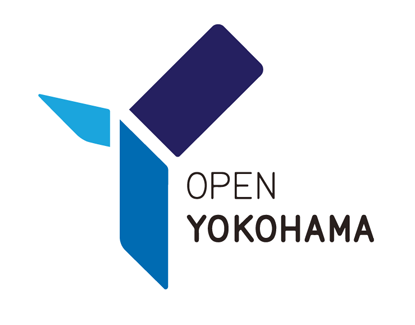
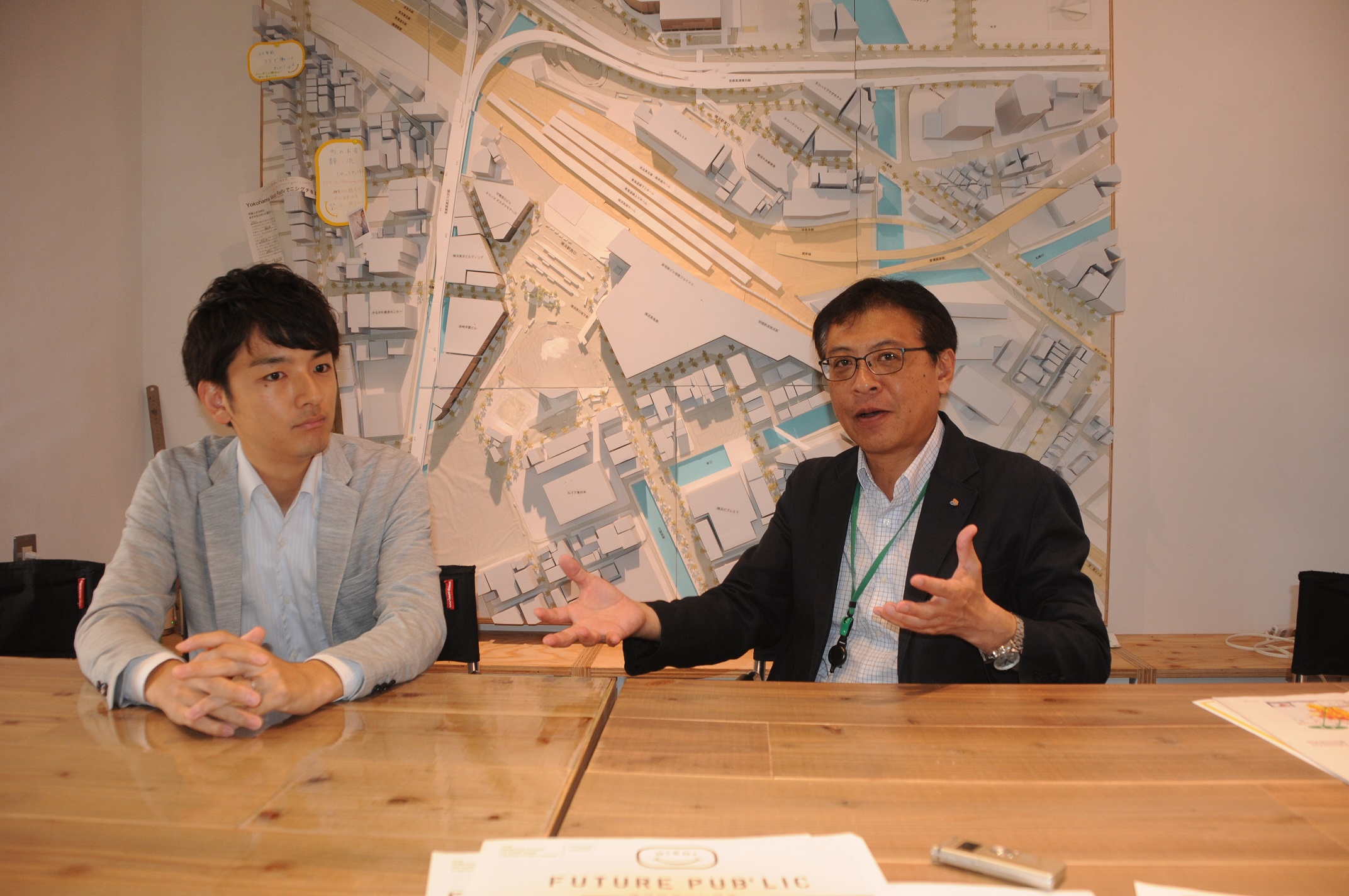
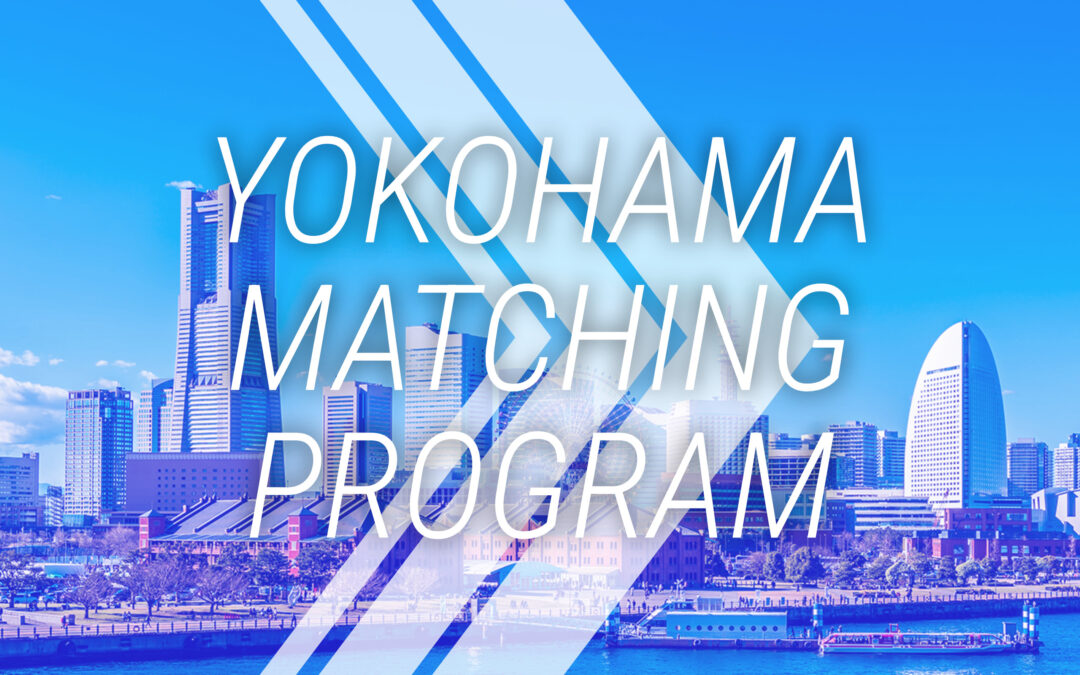
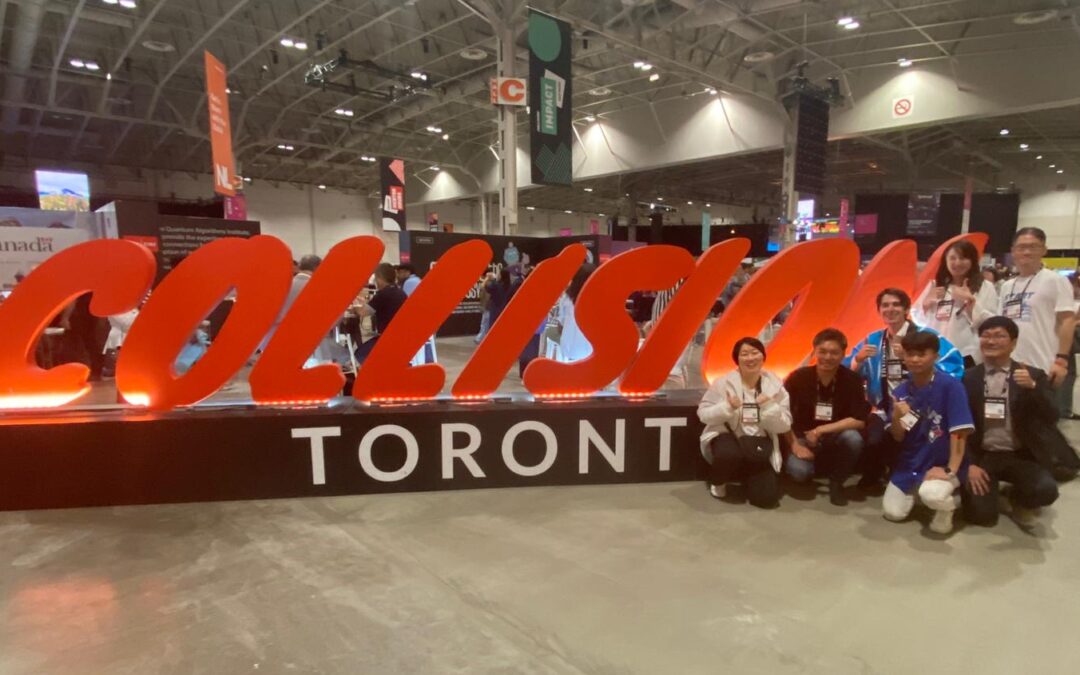
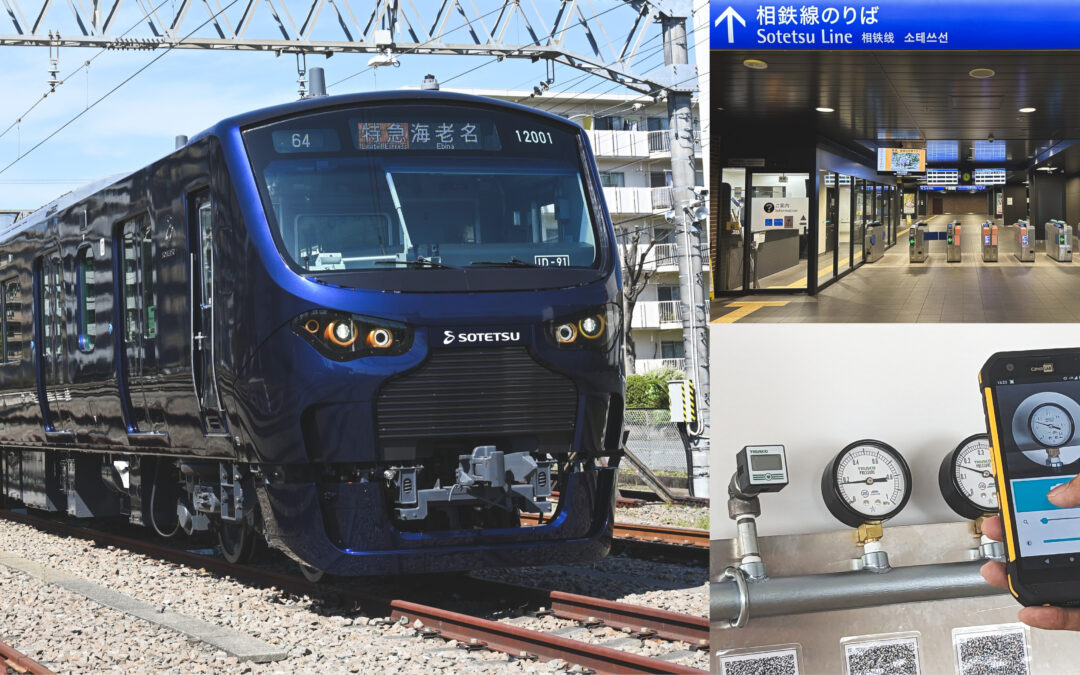
-1080x675.jpeg)
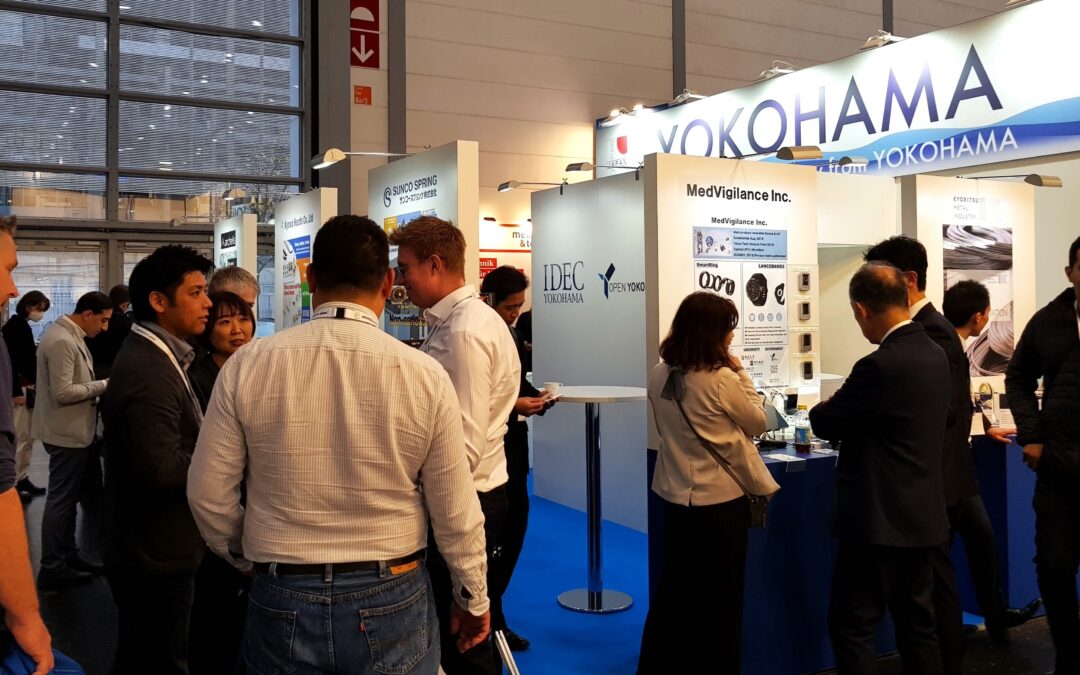
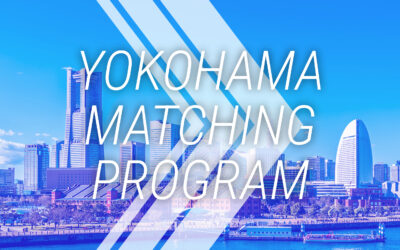
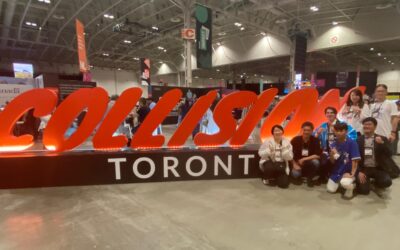
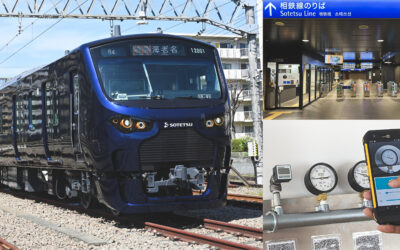
-400x250.jpeg)